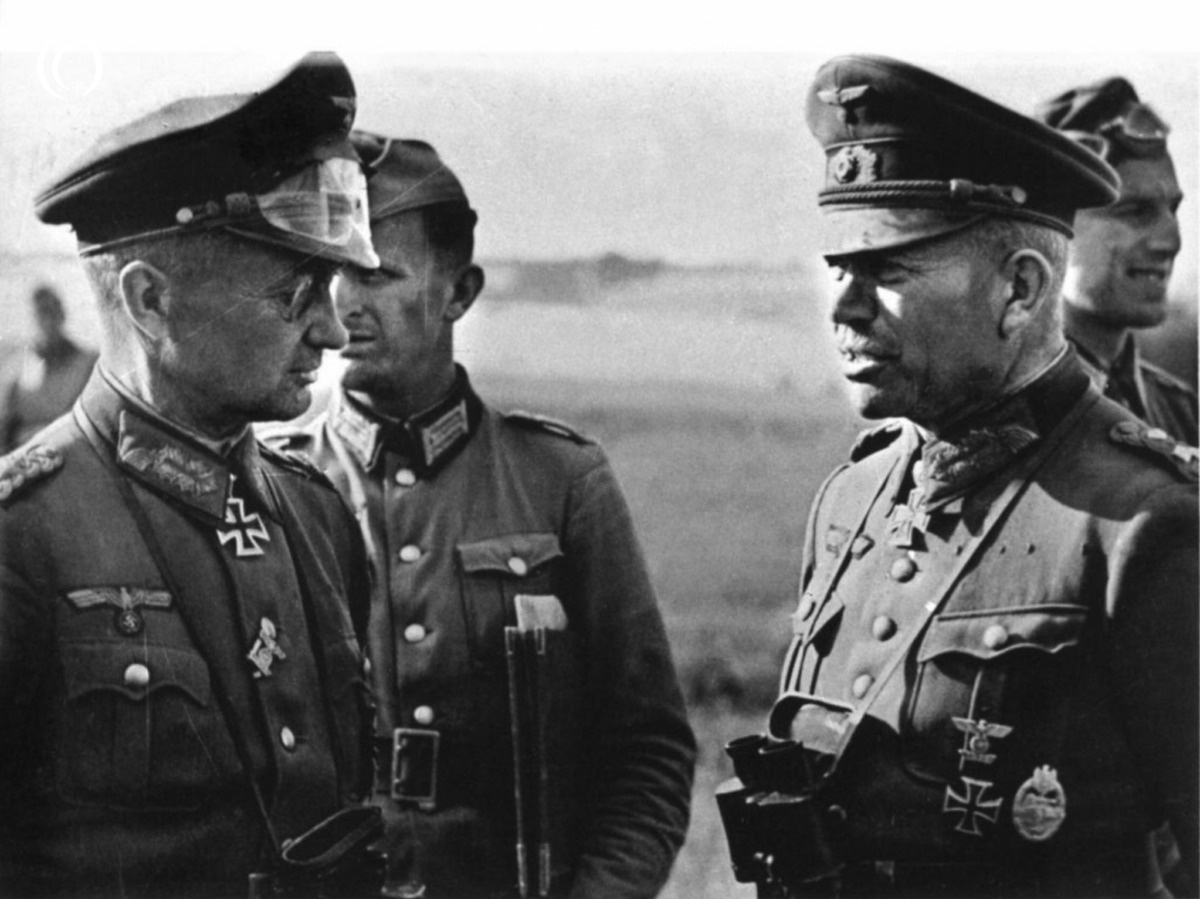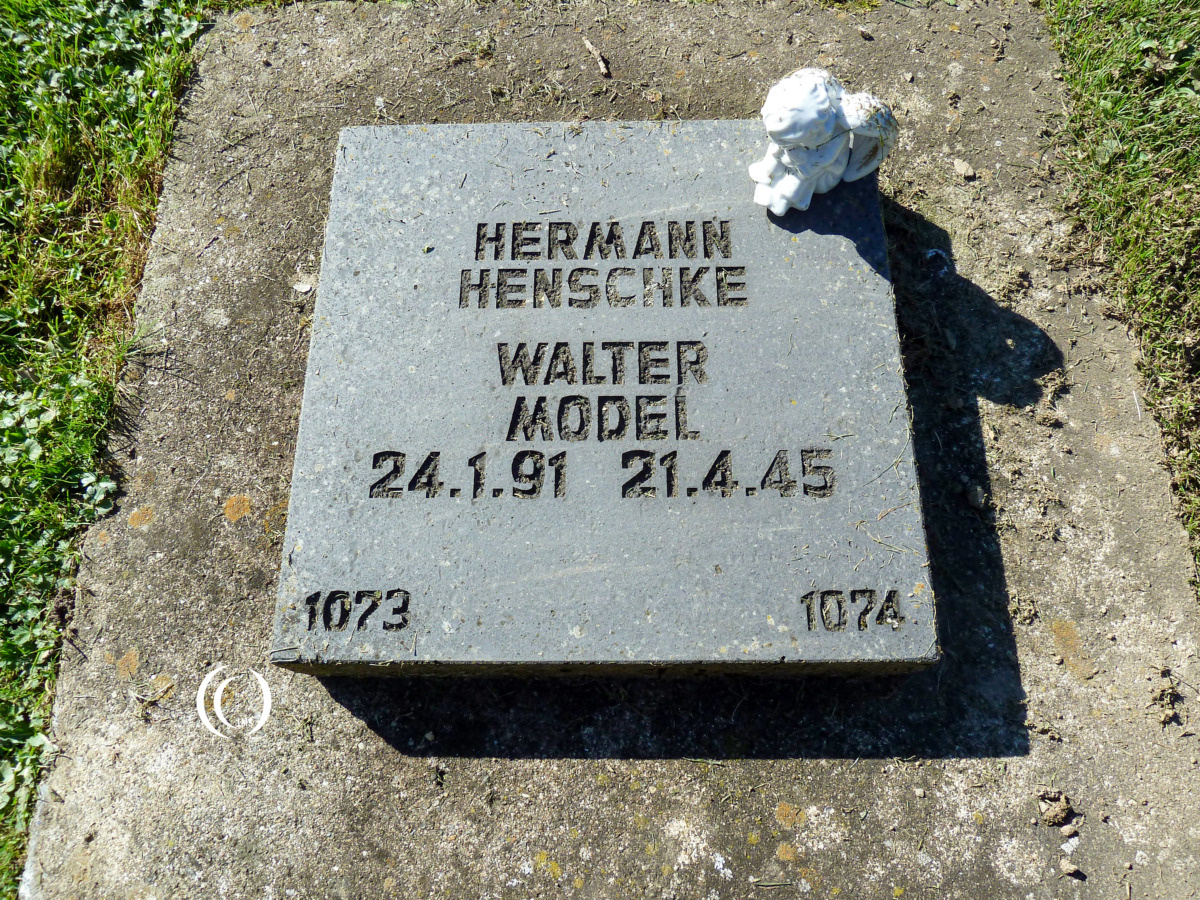
Field Marshal Walter Model was a high-ranking German military commander during World War Two, known for his defensive warfare tactics and loyalty to Adolf Hitler. He played key roles in battles on both the Eastern and Western Fronts, particularly in the Battle of the Bulge and the defense of the Ruhr Pocket in 1945.
With his aggressive style of leadership and a monocle in his right eye, his appearance would embody the stereotypical German officer after the war.
Career
Field Marshal Walter Model was born on January 24, 1891, as Otto Moritz Walter Model in Genthin, Germany. He joined the German Army in 1909 and served in World War One, where he gained a reputation as a capable officer. In May 1915 Model was severely wounded during the Battle of Arras, for which he was awarded the Iron Cross. After the war, he remained in the army and became known for his expertise in modern warfare, particularly in mechanized and defensive tactics.
During World War Two, Model quickly rose through the ranks, playing a key role in the invasions of France (Fall Rot) and the Soviet Union (Operation Barbarossa). He became one of Hitler’s most trusted commanders, earning the nickname “Hitler’s Fireman” for his extreme ability to improvise and stabilize crumbling fronts. He led armies in major battles such as the Siege of Leningrad, the Battle of Kursk, the Battle of the Bulge and Operation Market Garden, often relying on aggressive counterattacks and defensive fortifications to hold off the Allies. During the Battle of Hürtgen Forest alone, Model’s tactics claimed the lives of 33,000 soldiers of the American First Army.
On the 1st of March 1944 he became the youngest Wehrmacht officer to be appointed Field Marshal in the German Army.
Collapse of the Third Reich
By early 1945 the Third Reich was collapsing under the pressure of the Allied advance from the East and West. Model was in command of Army Group B, tasked with defending the Ruhr region, Germany’s industrial heartland. As American forces encircled the Ruhr Pocket in April, Model realized the situation was hopeless. Hitler had already dismissed him for the failure of Unternehmen Wacht am Rhein, the Ardennes Offensive, and his suggestion to fall back to the Rhine. Now Hitler ordered him and his troops to fight to the death.
After he partially carried out Hitler’s “Nero Order”, the complete destruction of all industrial, transport and supply facilities in the Ruhr area, he decided on his own to disobey Hitler’s order and dissolve his army group.

No surrender
Model was deeply committed to his belief that a general should not fall into enemy hands. Unwilling to be captured, he committed suicide with a gunshot to the head on April 21, 1945, in the Spee’schen Wald, Germany, between Wedau (Duisburg) and Lintorf. His death marked the end of one of Nazi Germany’s most skilled defensive strategists, a man who remained fiercely loyal to the Reich until the very end.
Model was buried by his adjutant, Colonel Theodor Pilling, in the place where he shot himself.
Final resting place
In 1955, Model’s son, Hansgeorg Model, who would later rise to the ranks of brigadier general in the modern German Bundeswehr, had his fathers remains recovered from its field grave with the help from Pilling. Walter Model was reburied in Vossenack War Cemetery (Soldatenfriedhof) in the Hürtgen Forest, Germany.
